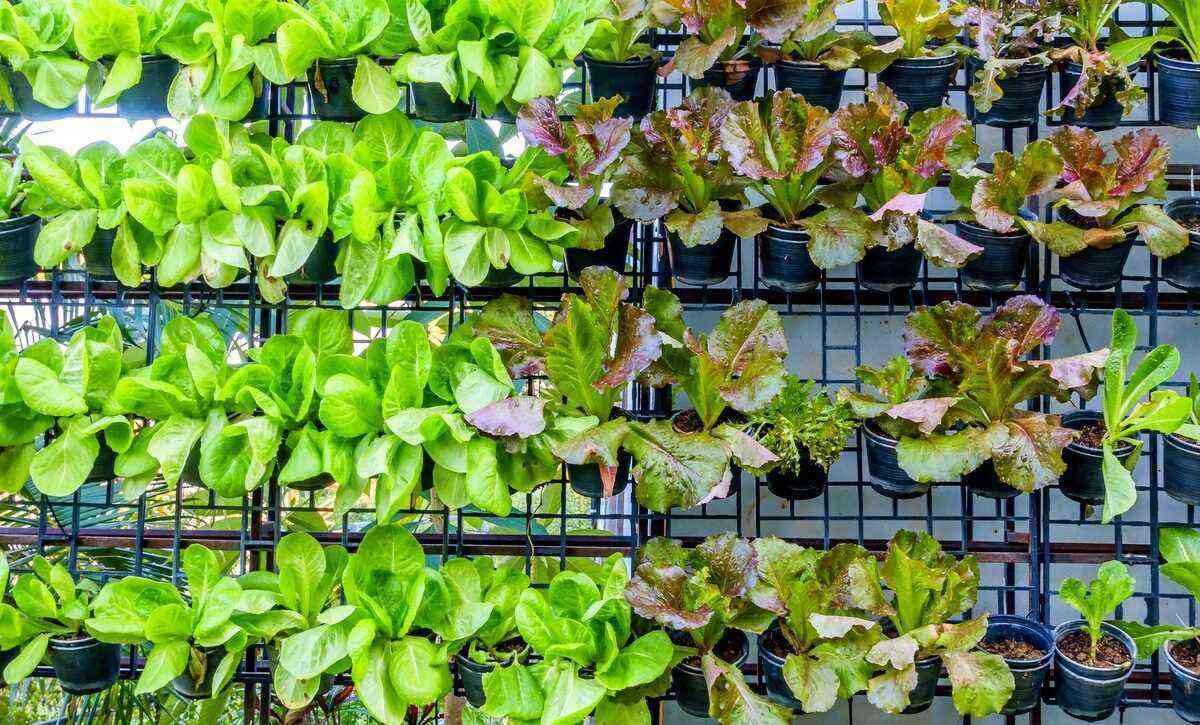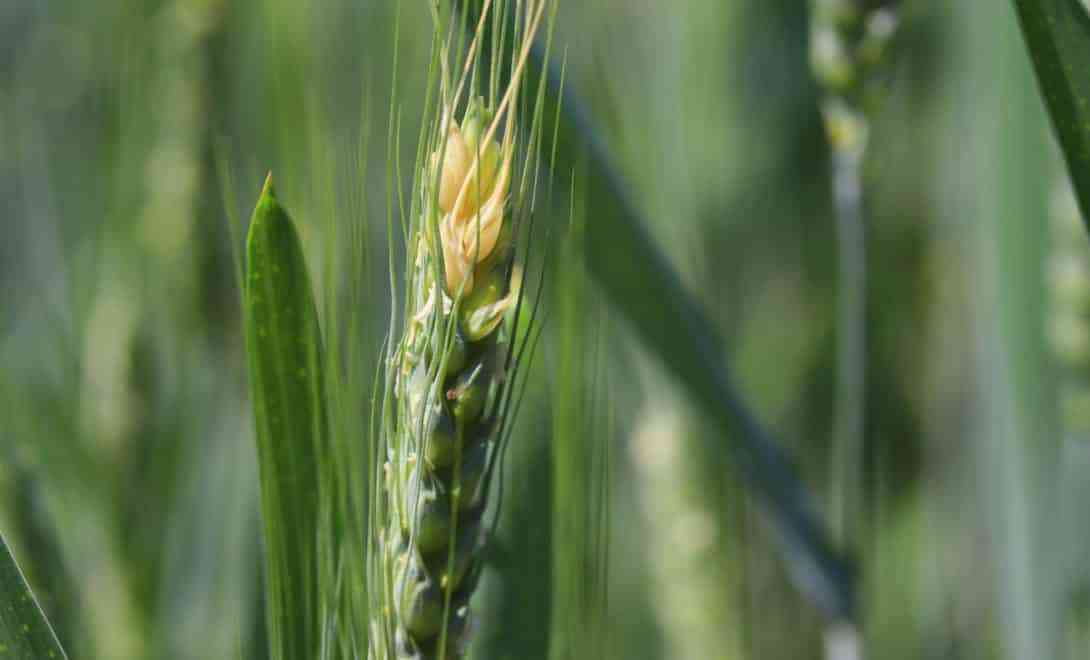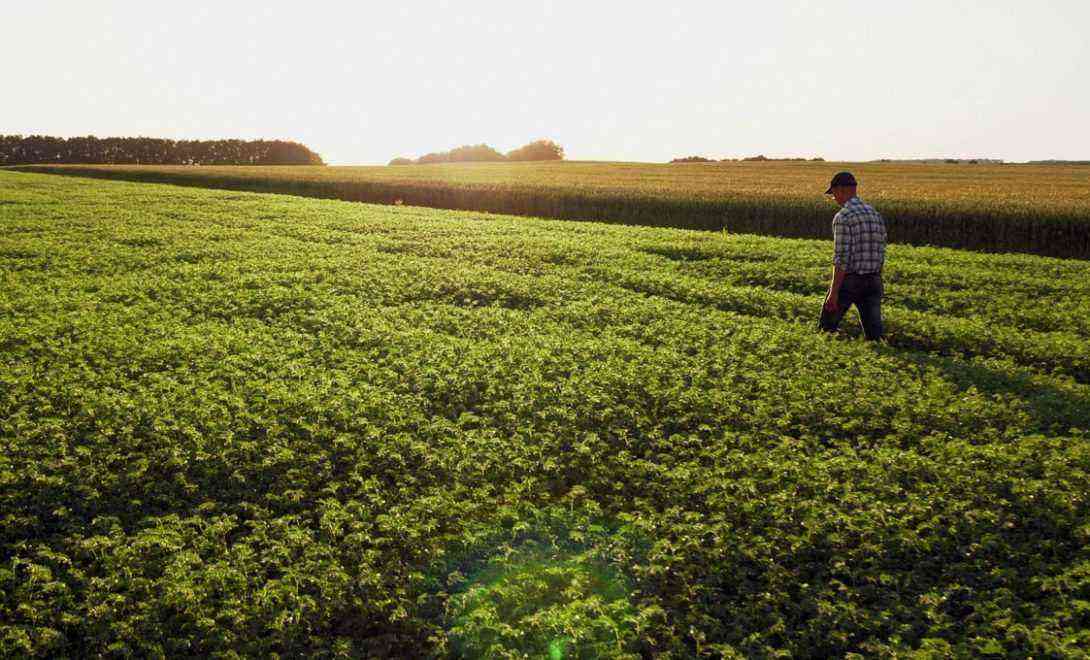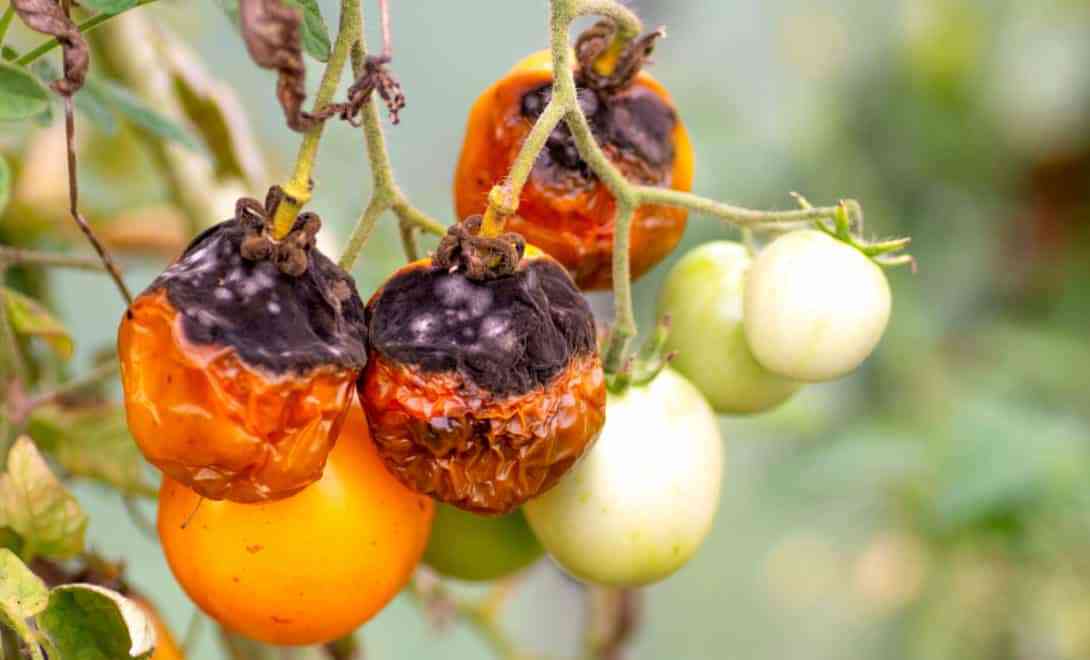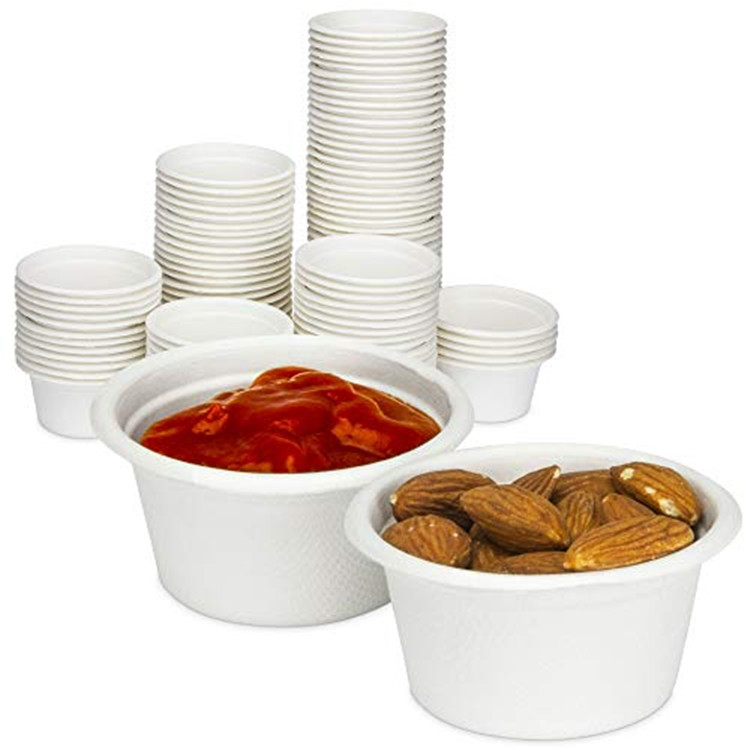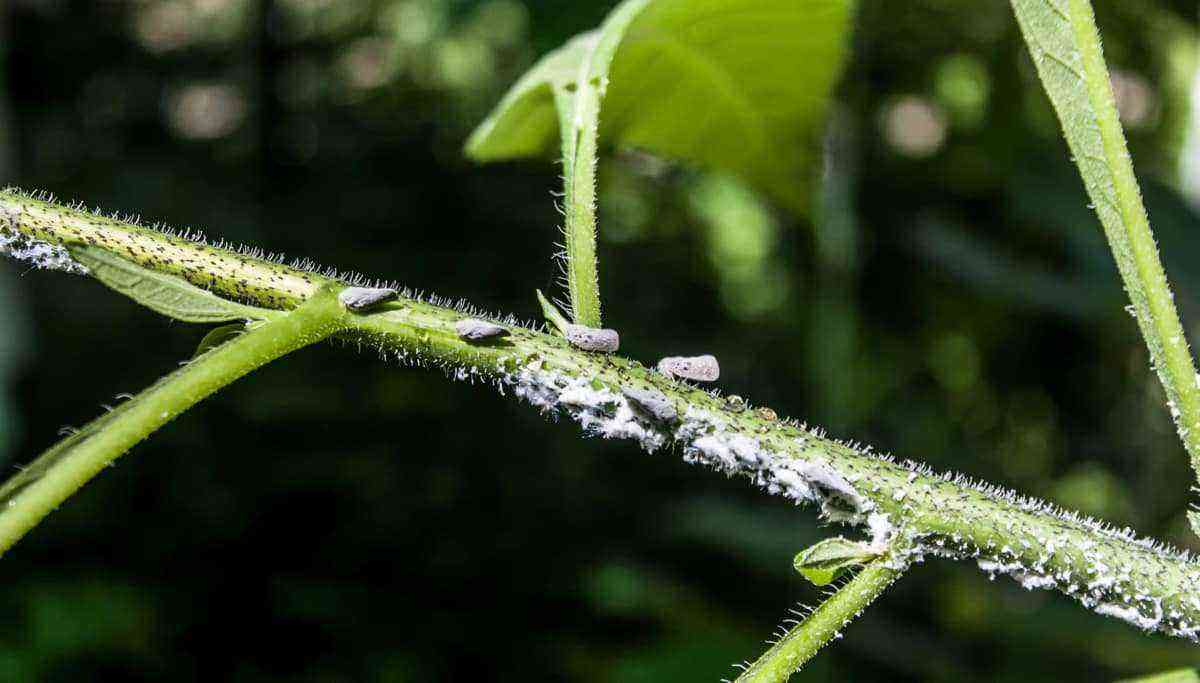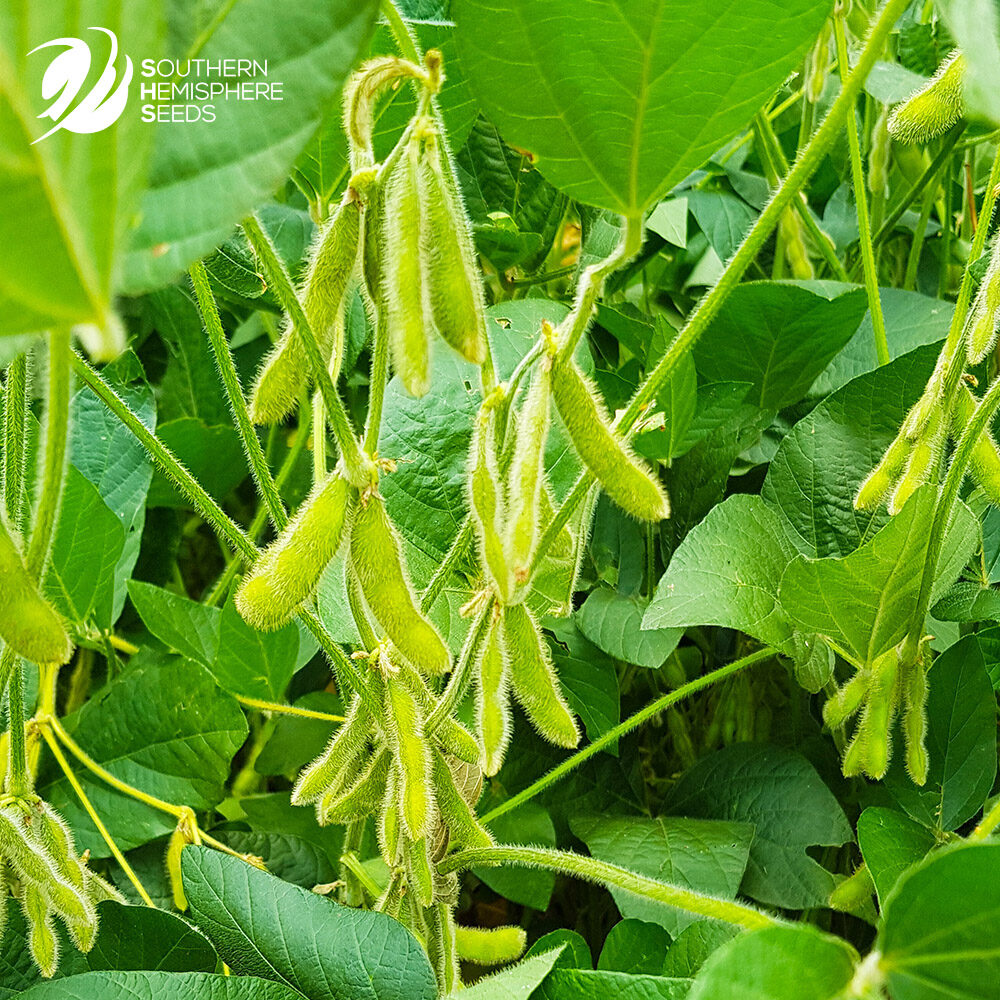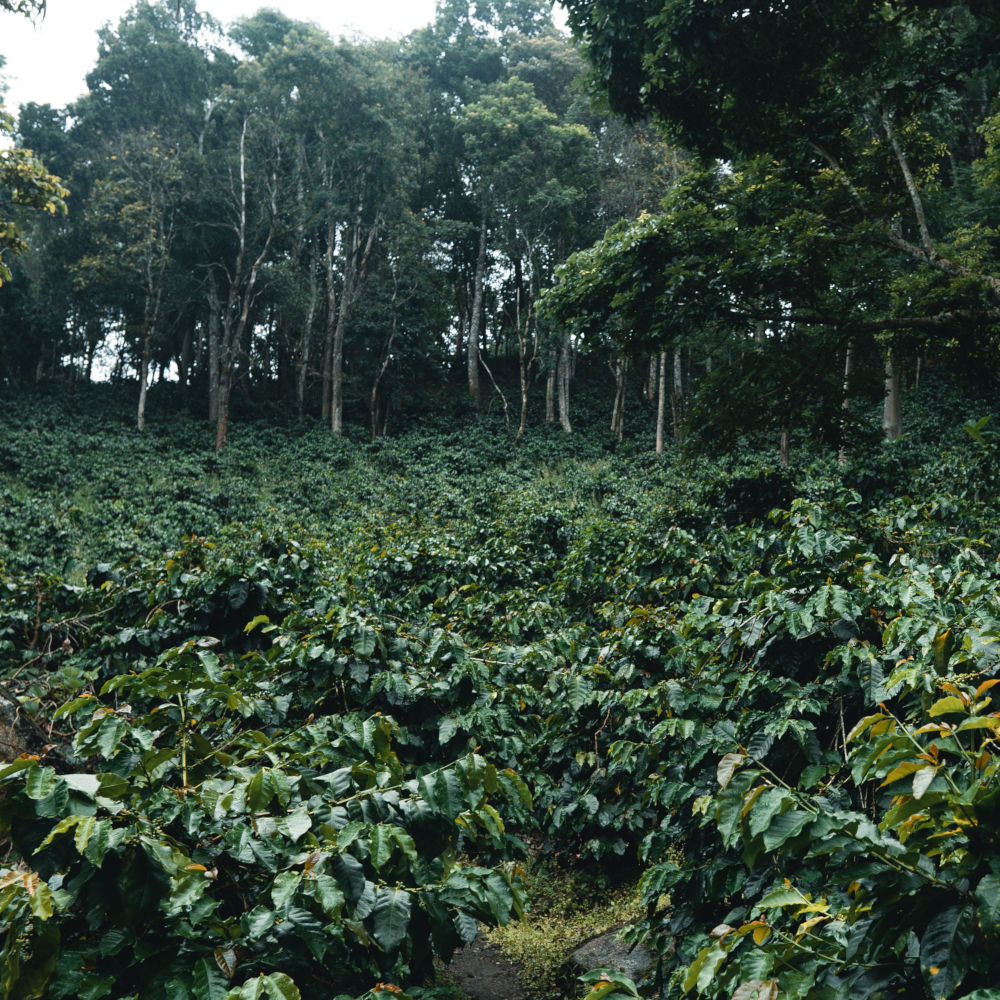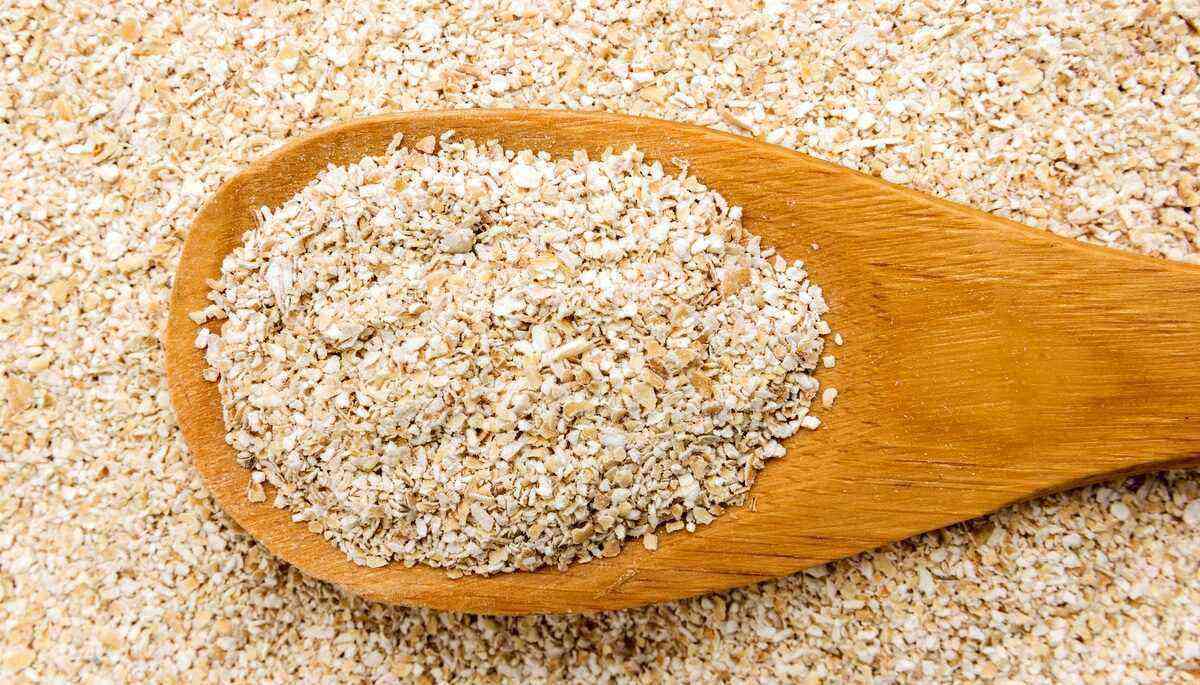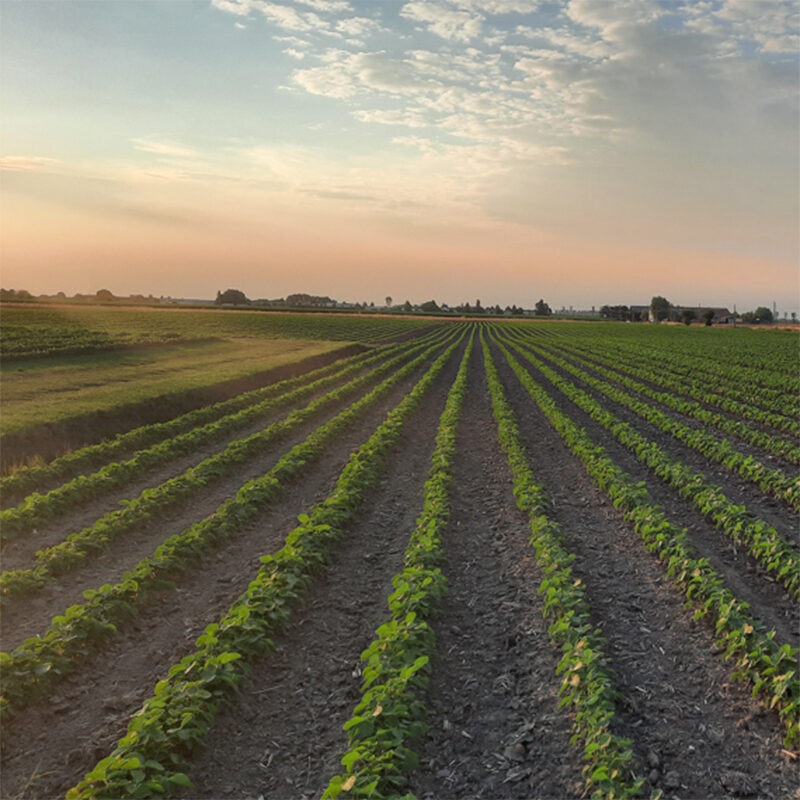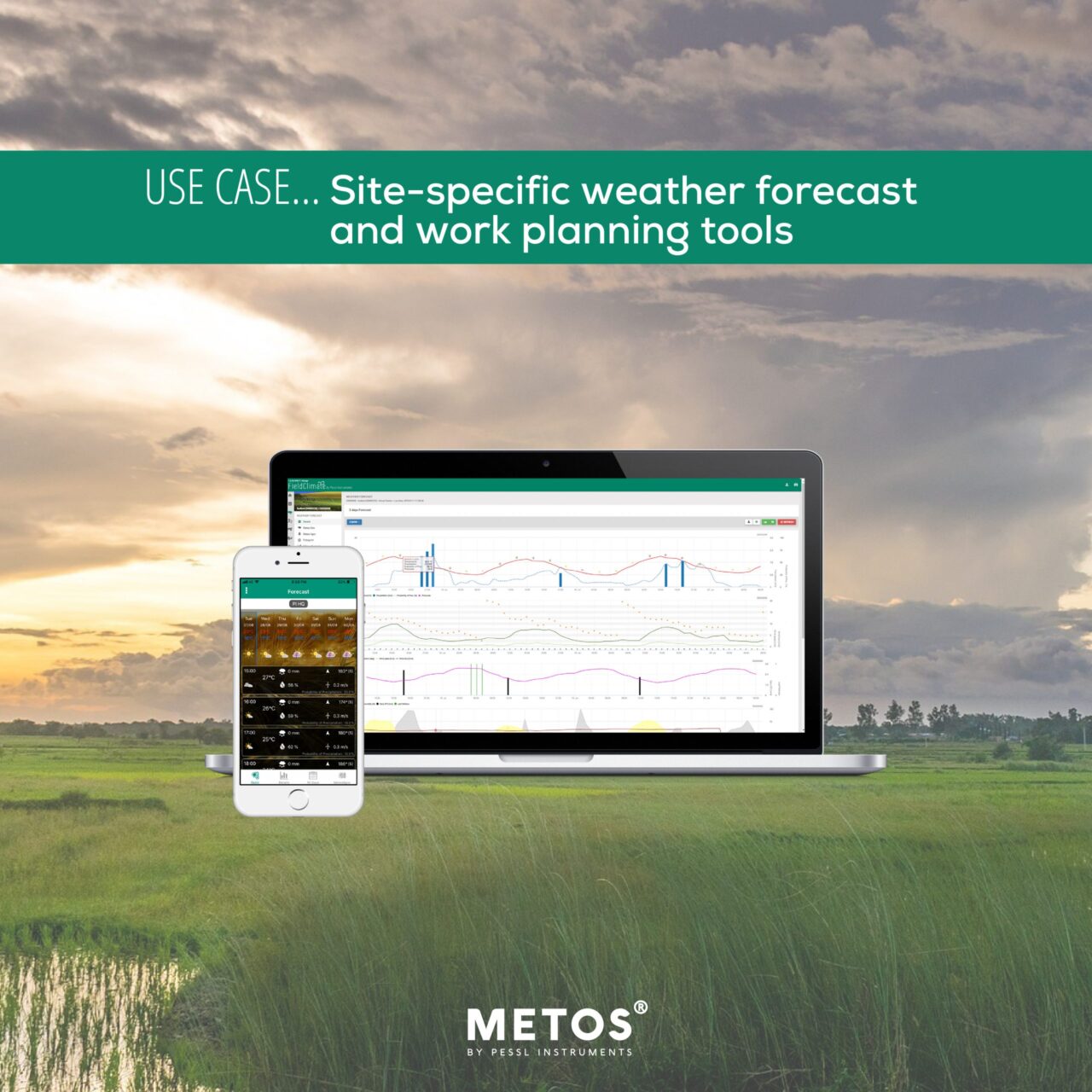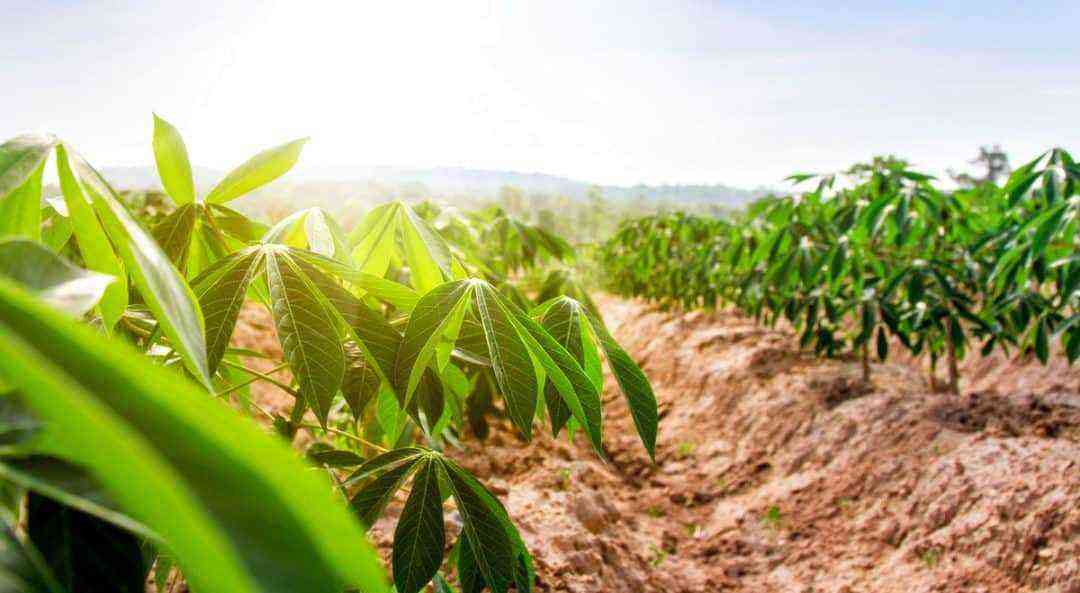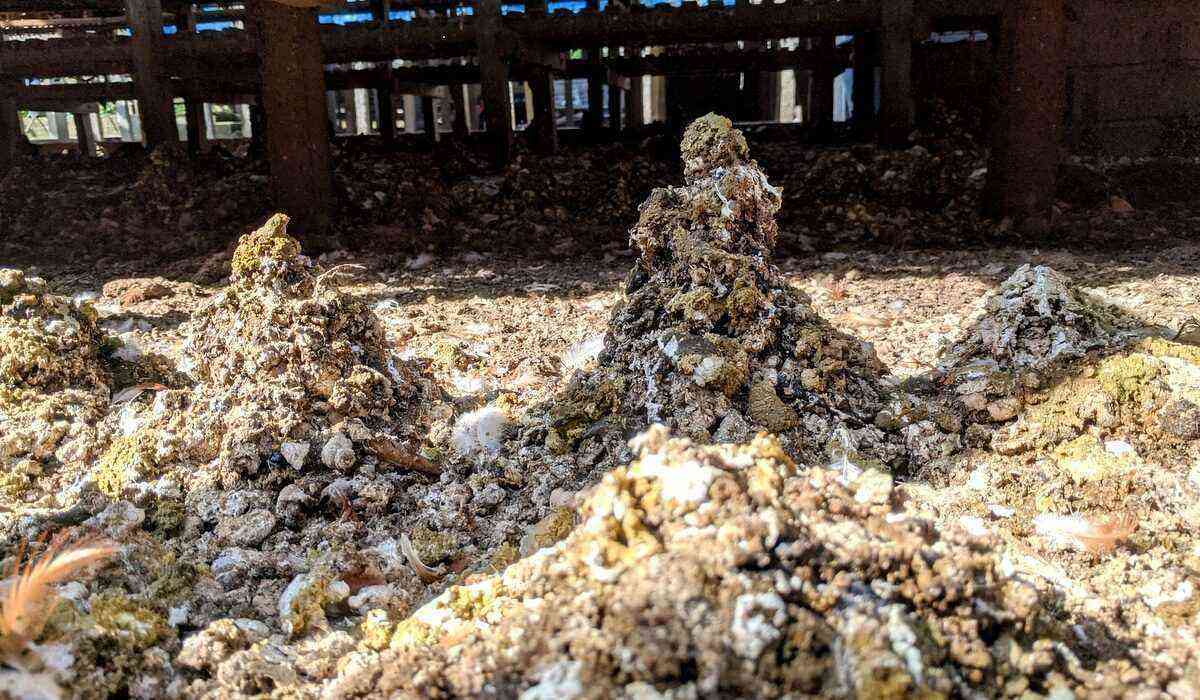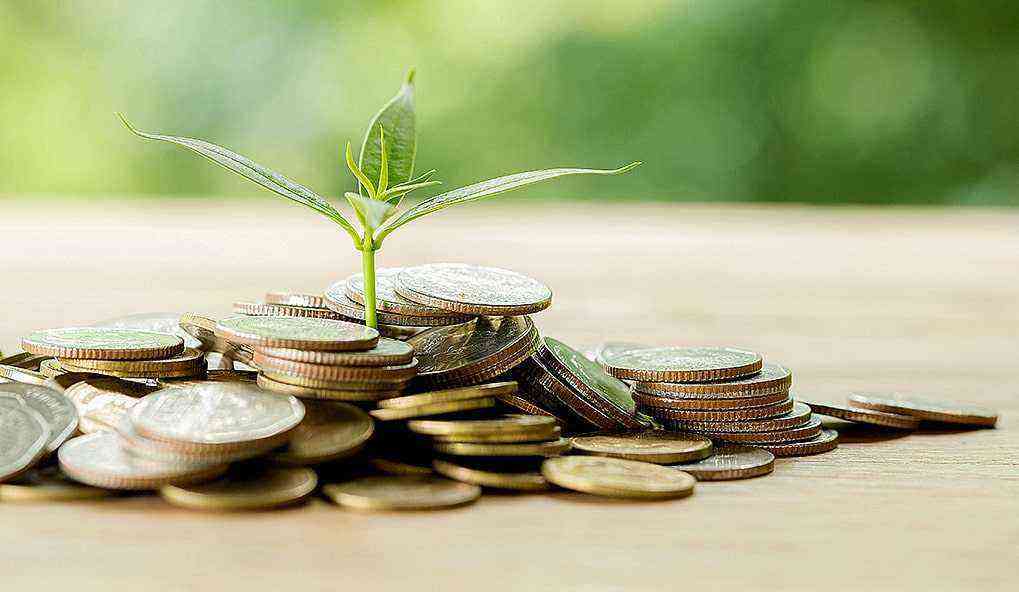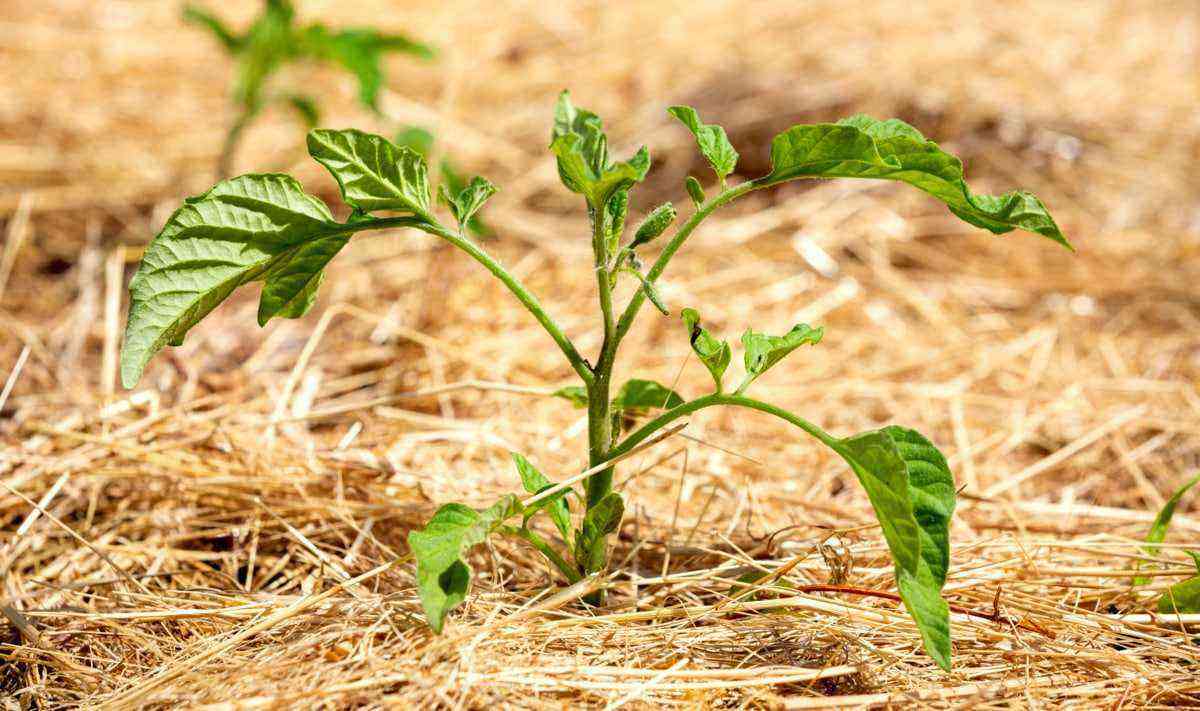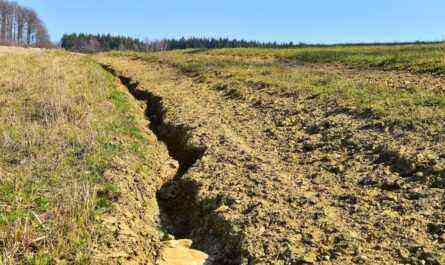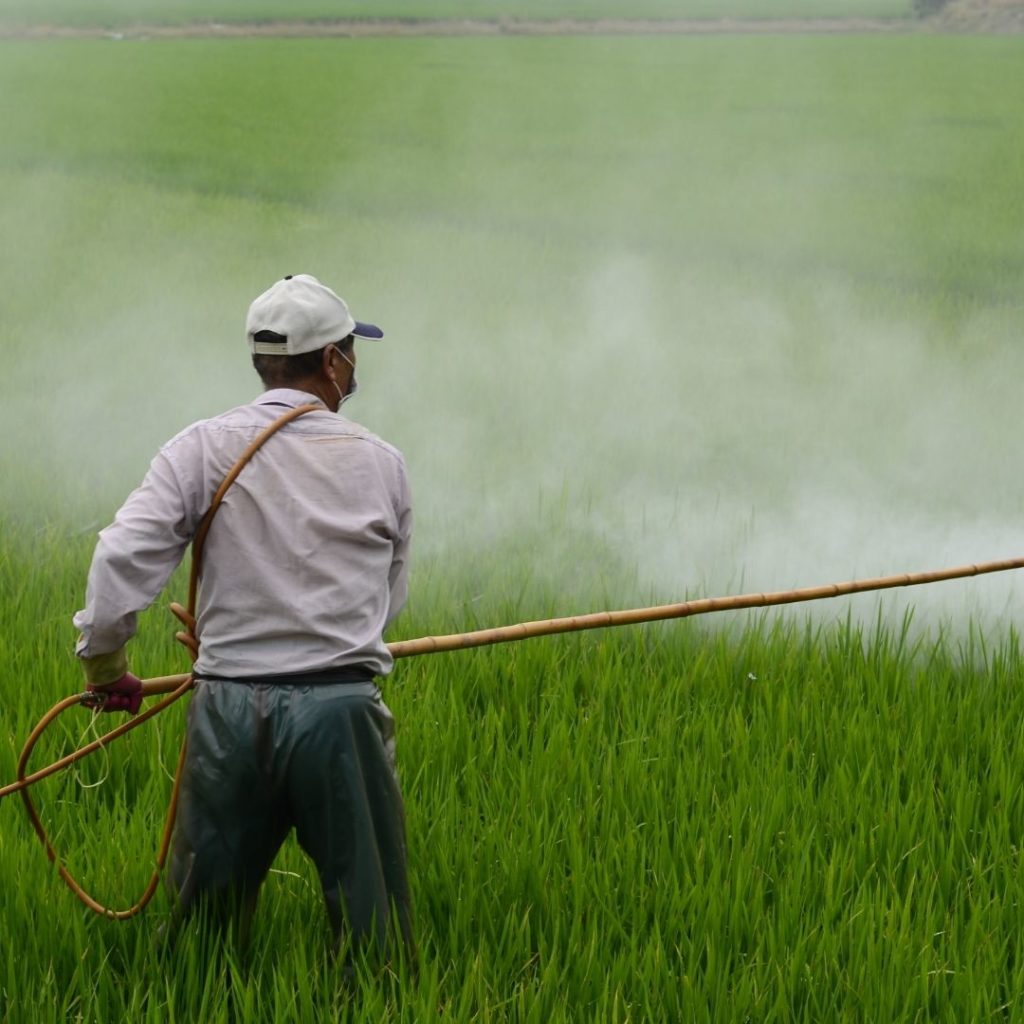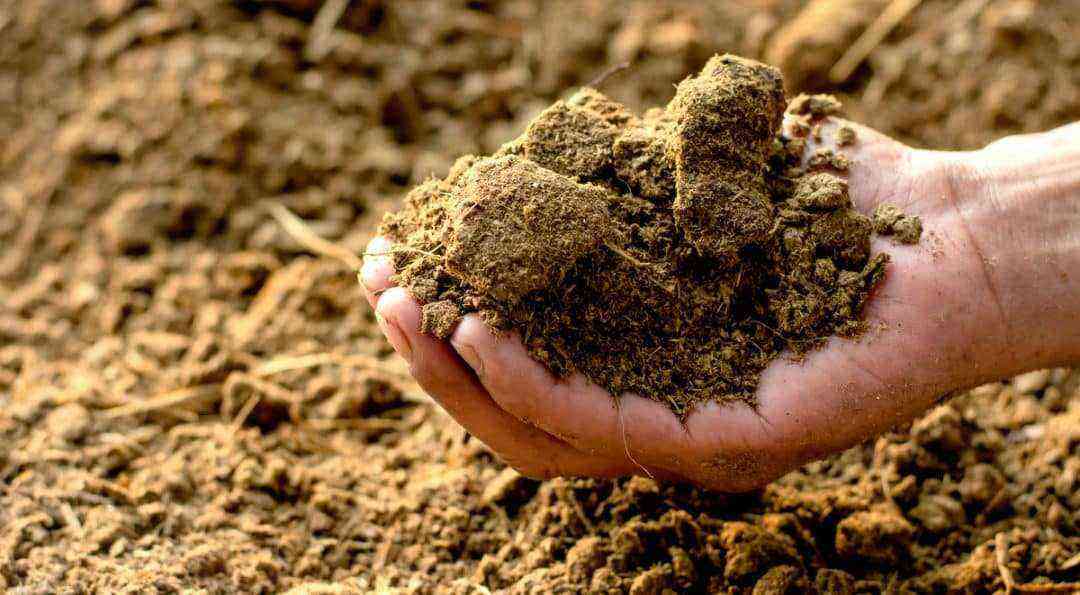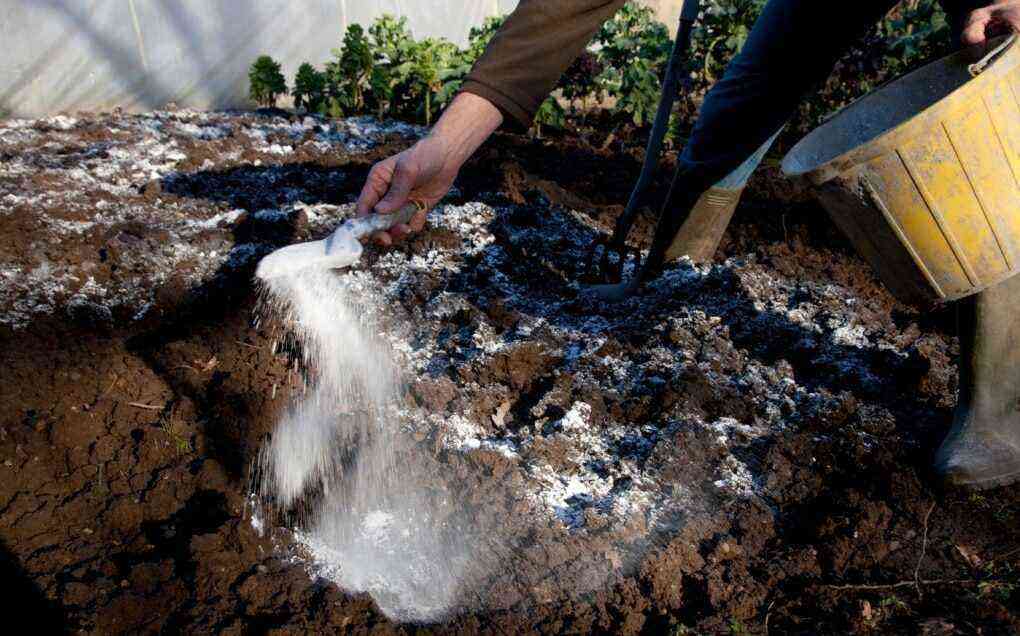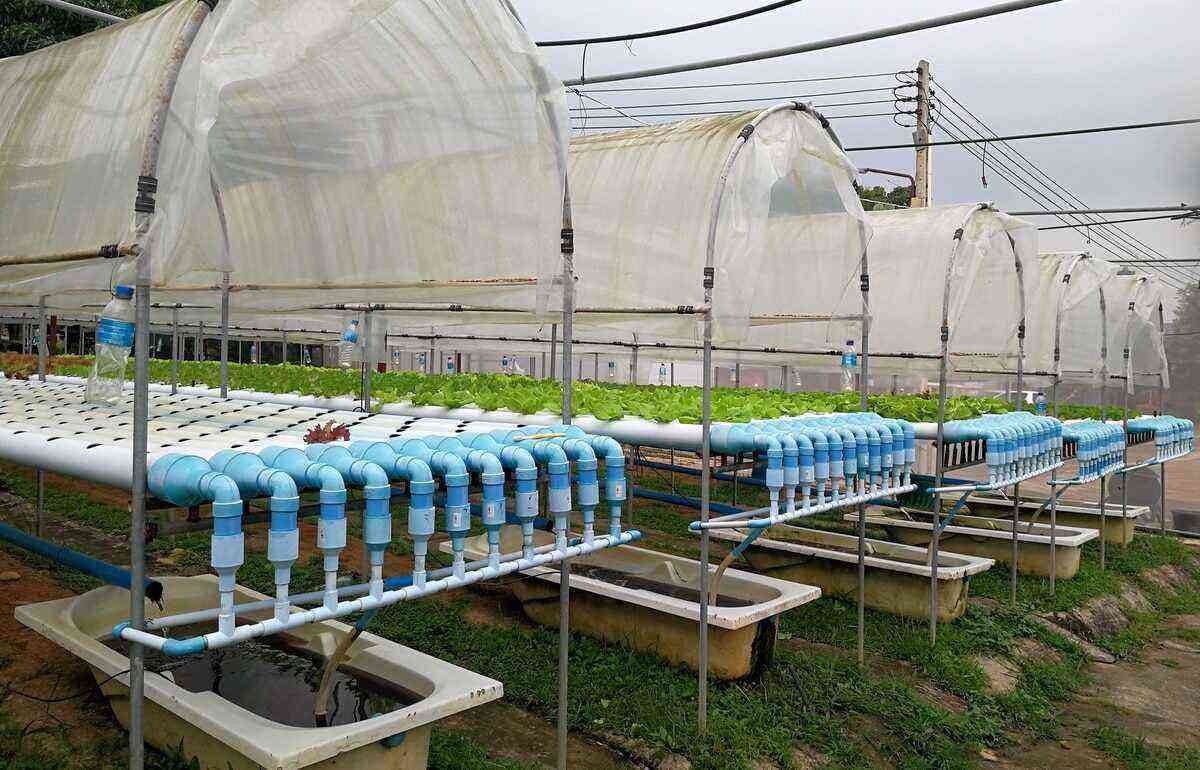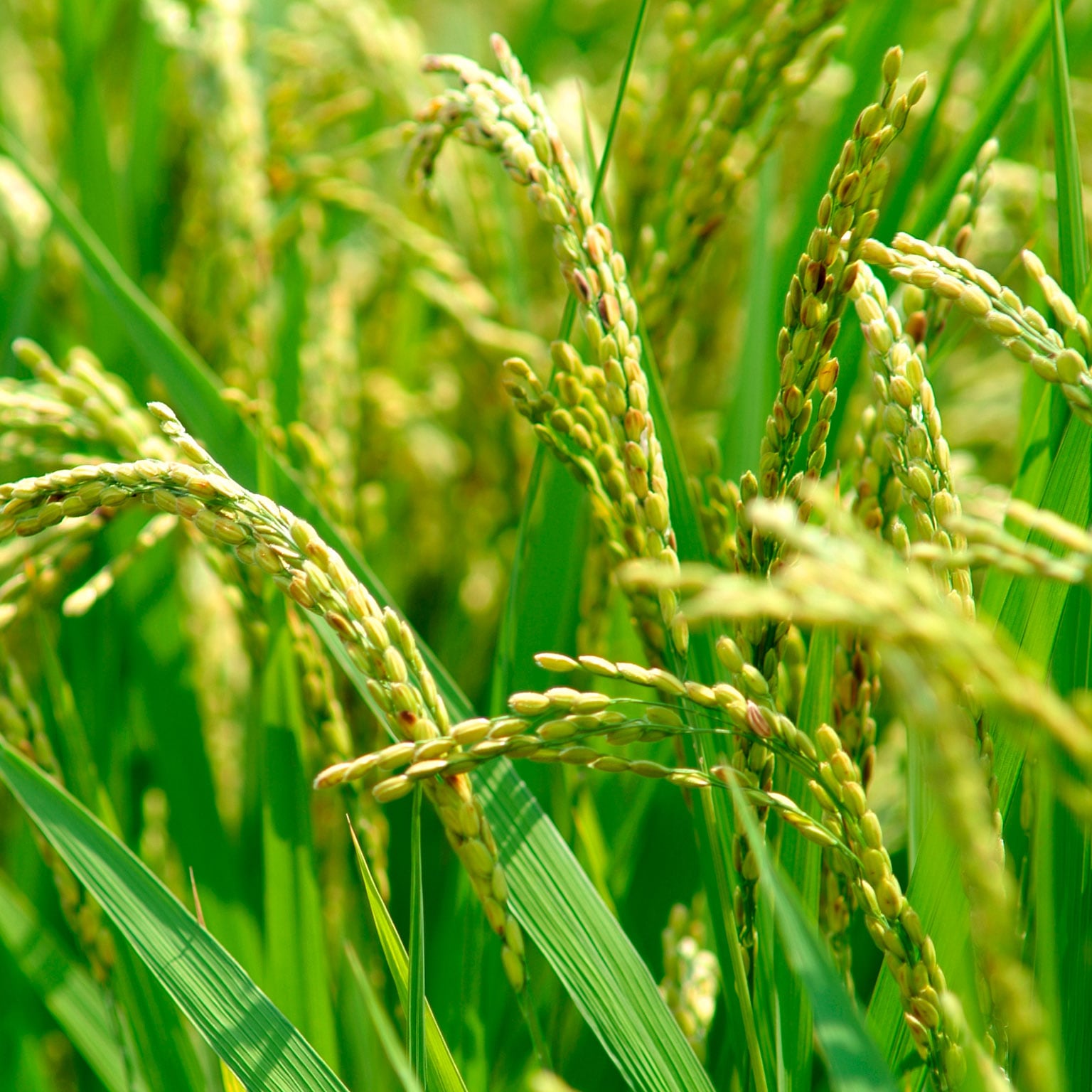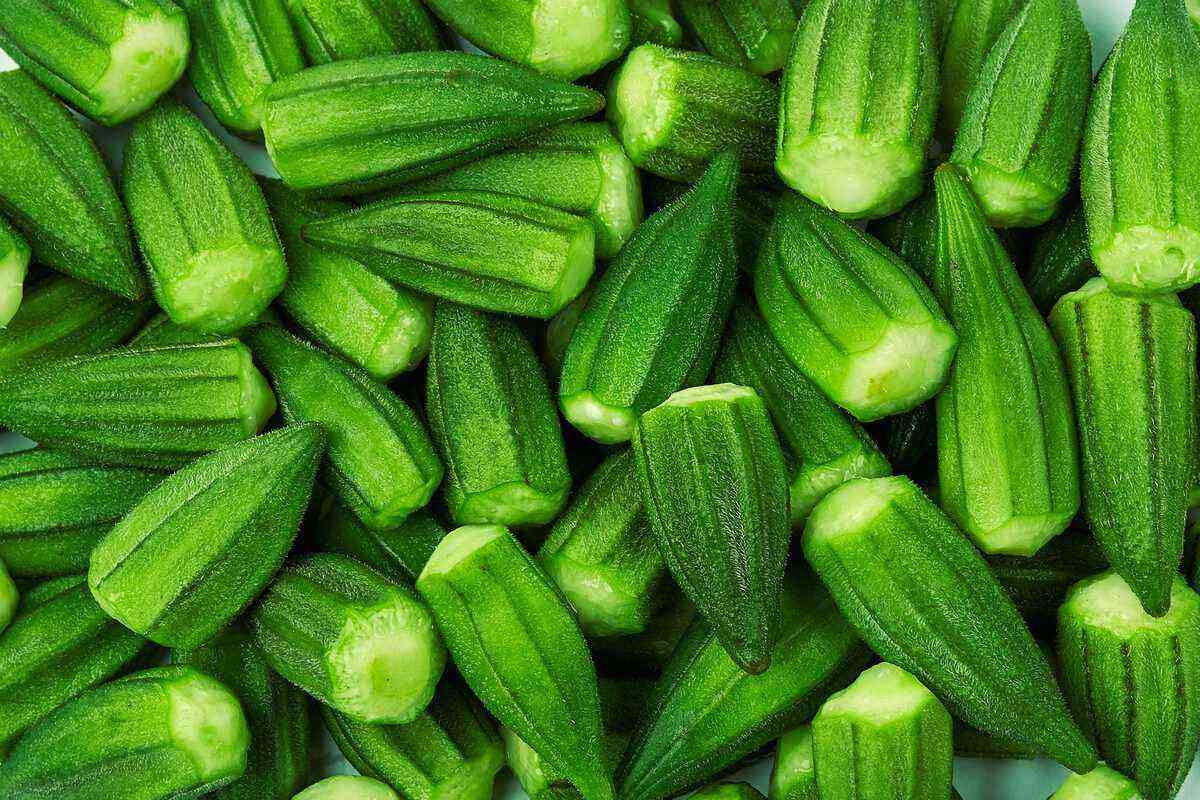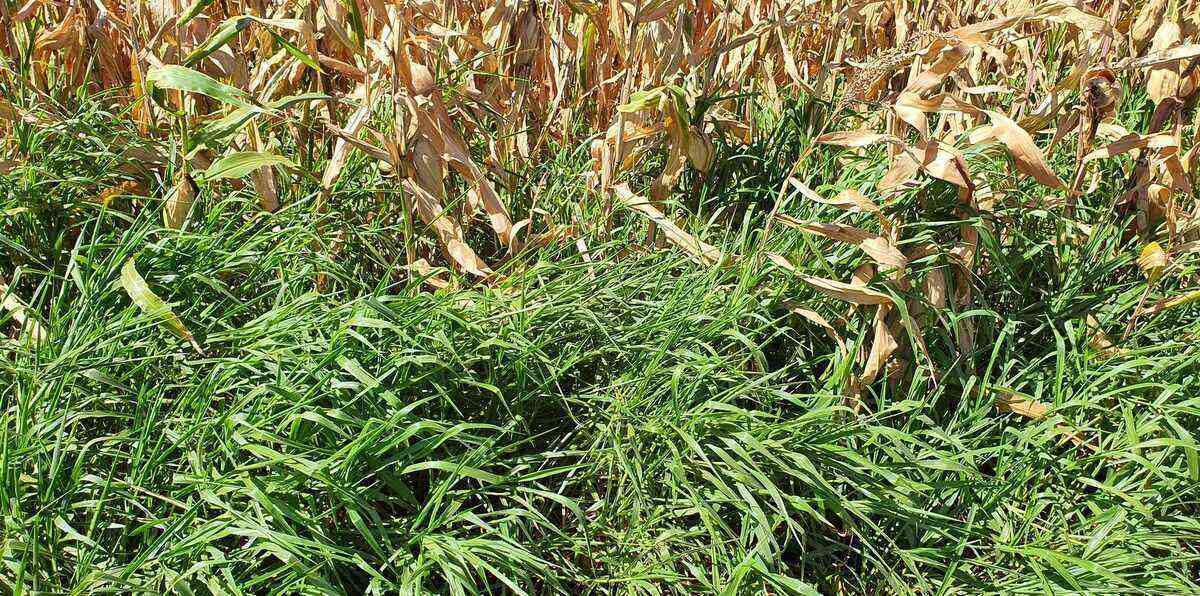Roasted, fried, in natura, with sweets or even in jellies, it is undeniable that the banana is one of the favorite fruits of Brazilians.
Rich in vitamins A, C and the B complex, in addition to having a lot of phosphorus, magnesium and potassium, this food offers numerous health benefits, such as energy and strength, combating gastritis and intestinal inflammation, preventing cramps and other advantages that make it healthy. be a registered trademark in the nutritional menu of countless individuals.
It is no wonder that, more and more, whether commercially in the agricultural sector, on farms or on their own, even at home, in a garden or backyard, many are striving to learn how to cultivate it in an effective, healthy way. and, of course, tasty.
Still, there are many doubts about how to plant this well-known fruit and, thinking about it, we separate everything for you to understand how to do it. Check it out below.
First step: choose the type of banana you want to plant
First of all, you need to choose the type of banana you want to grow, as there are many varieties. Like:
– Banana dwarf, which is indicated to be planted in places that are very windy;
– Apple banana, which requires less water and chemical pesticides;
– Silver banana, predominant in the Northeast and Midwest;
– Golden banana, common in coastal regions;
– Plantain, more cultivated in tropical areas;
– Purple banana (São Tomé banana), rare, exotic and short-lived
– Among others.
Purple bananas are generally smaller than the others, with a very sweet taste.
Step Two: Choose the Right Location
Before planting a banana tree, the most important thing is to know if the place offers good conditions for it. For example, if the climate is suitable and if the fruit will resist well in this environment.
To grow this fruit, it is important that the soil is fertile, always well-drained, rich in organic matter and, above all, free from waterlogging and frost, as this can cause a series of problems for the plant and, consequently, for the fruits it will reap.
Furthermore, this plant occupies at least five meters. So, make sure your space is big enough and that this area is smooth or flat.
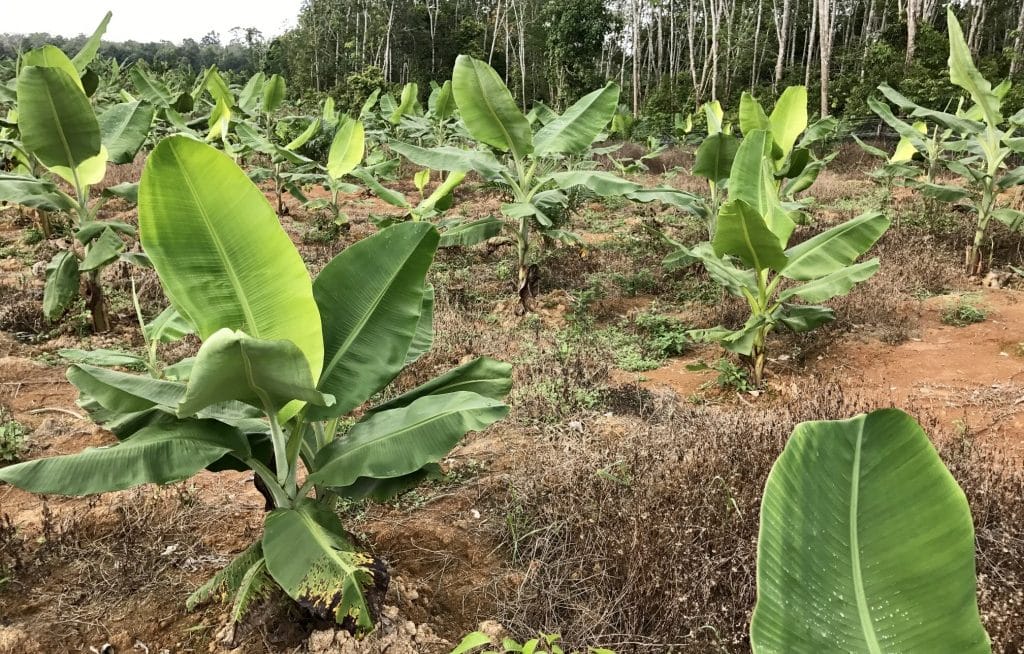
Third step: pay attention to the temperature
The ideal temperature for planting banana trees is between 20 °C and 24 °C, but the range between 15 °C and 35 °C is considered acceptable. Temperatures above or below that stop growth and damage the fruit.
In addition, very humid areas are the main causes of diseases in both leaves and banana fruits. Therefore, it is essential to know the ideal location for the type you have chosen to grow.
To give you an idea, the water banana is the most sensitive to the cold and the apple banana is the most resistant. Gold, on the other hand, does not survive for a long time the lack of water, as well as the runt.
Therefore, it is necessary to be very careful when planting and choose the right time, based on the climatic conditions of the region.
Step Four: Prepare the soil for planting
Preparing the soil is critical to increasing your chances of harvesting quality fruit. So start by plowing and applying pesticides a month before planting. Then keep it clean with regular weeding, remove old leaves and get ready for fertilizing.
The land where you will plant the seedling or rhizome must be clean and well prepared.
In this step, use fertilizers that help make the land fertile and accelerate the maturation of your bananas. For this, you can use barnyard manure, poultry manure and even add other nutrients, such as potassium.
All this will help to find a good result and prepare the space to receive the seedlings.
Step Five: Start Cultivating
Banana trees need to be planted from seedlings of adult plants, called rhizomes. For planting, it must be done manually, in holes measuring 30 x 30 x 30 centimeters. In addition, the spacing between the seedlings needs to be about two to three meters, depending on the size.
Keep in mind that a banana tree cannot interfere in the space of the other, so as not to interfere with the development. Therefore, the further away you plant, the better.
Sixth step: time to harvest
Harvesting needs to be carried out only one year after planting. That’s why it’s important to be patient and take care of your cultivation throughout all these months.
If all the planting steps are done well, the result will be banana bunches with great production.
So, once the time has come, it’s important to wear gloves and remove the curls with a machete, taking care that the beats don’t cause the fruit to darken. Keep in mind that this can spoil the pulp and alter the flavor, so be gentle.
In addition, remember that the frequency for the “birth” of your bananas will depend on the type chosen, which makes this time interval vary.
Want to know more?
MF Rural is a company that helps sellers and buyers to do business in the Agro market. Check out our services and share this tool with your friends!
See below an explanatory video on how to plant and harvest bananas fast:
Source: tio locoo channel




